
Foley sound effects are specifically recorded sounds for synchronising with actions on screen. Performed by a foley artist, these sound effects can be created in a myriad unusual ways. What’s particularly unusual about these sound effects is that many times, the manufactured sounds seem to be more convincing than their genuine counterparts.
It’s safe to say that the methods in which these are created, and the history of them, are both wonderful and weird. Some experts reading this may be aware of how sound effects are designed, especially if they work in music studios, though most will likely be surprised by how even the most simple of sounds are crafted for their favourite films and shows.
Sometimes sets require soundproofing (to best get clean takes) whereas other times it’s impossible to set up the likes of acoustic panels and db boards. After all, you can soundproof a room but you can’t fill a park with soundproofing foam! With this in mind let’s look away from soundproofing for a while and towards how sounds can be created.
It all starts by discussing how one sound designer changed with the world of SFX forever.

First of all, it’s important to realise why the world of sound effects, particularly foley effects, are so important for films and television. Some may think that most modern sound recording technology would be good enough to pick up the likes of actors running in scenes (along with many other minor sounds we probably don’t even notice unless focusing on) yet this isn’t the case.
Even with the most advanced equipment, sound recording in films and television are usually specifically utilised to clearly record dialogue. This is why sound designers and sound engineers are so vital to film-making and creating shows, as their ability to designing and implementing convincing and synchronised sounds are essential to immersing audiences in the experiences.
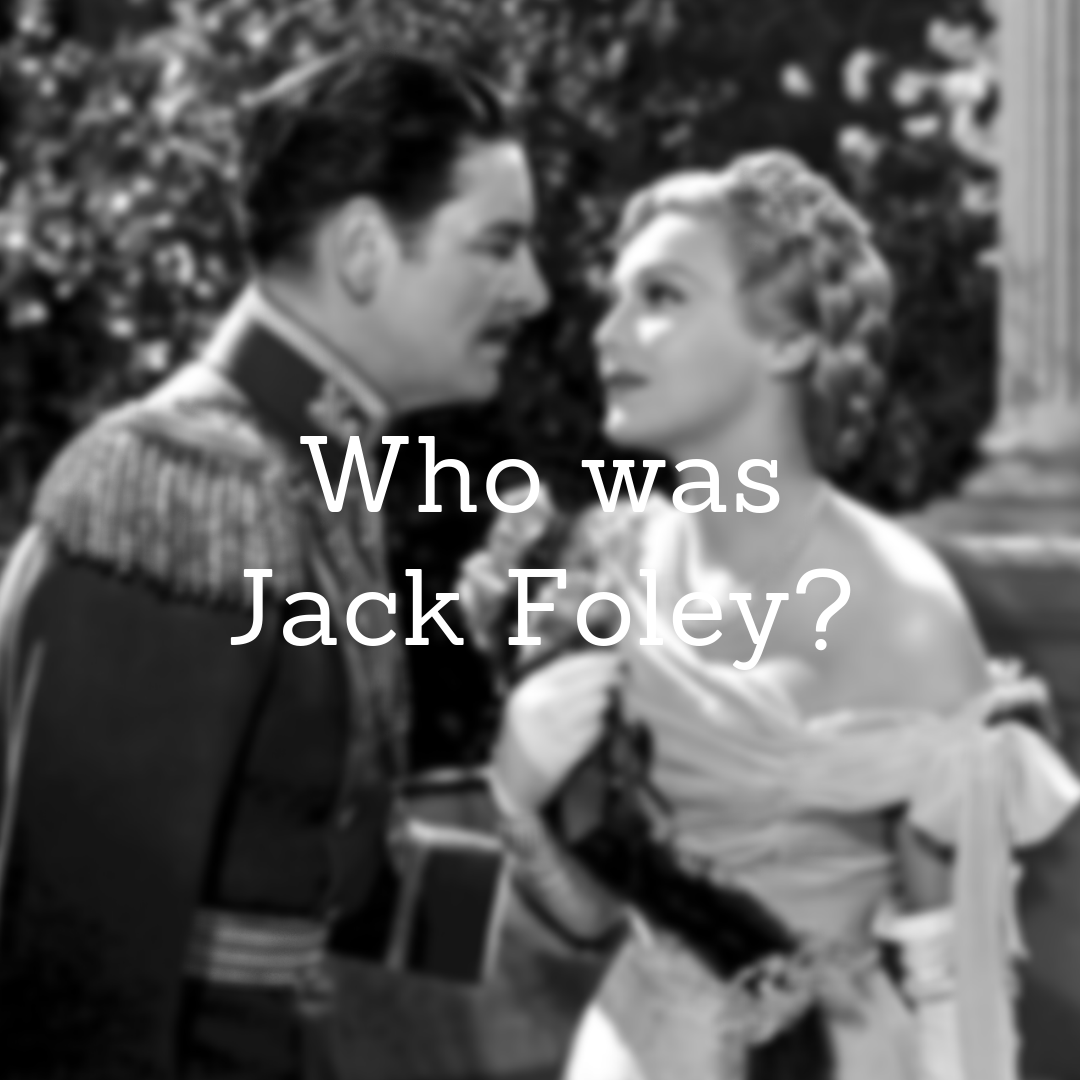
Jack Donovan Foley is the man largely attributed to bringing sound effects to the big screen. Having spent his career working in radio studios, Foley was familiar with how to create synchronised sound effects for the likes of radio drama. In 1914 he began working for Universal Studios, though this was during the era of silent movies so the studio had little to no experience with utilising sound.
This was why when they began changing their upcoming ‘silent’ musical, Show Boat, into an actual musical Universal Studios scrambled to find any staff members with radio experience. Foley stepped up and, along with a small crew, he projected the film onto a screen for reference and began recording a single track of audio with synchronised actions.
As this was the only technology they could work with at the time the crew had to effectively record an entire film in one go, creating sound effects with whatever they could get their hands on.
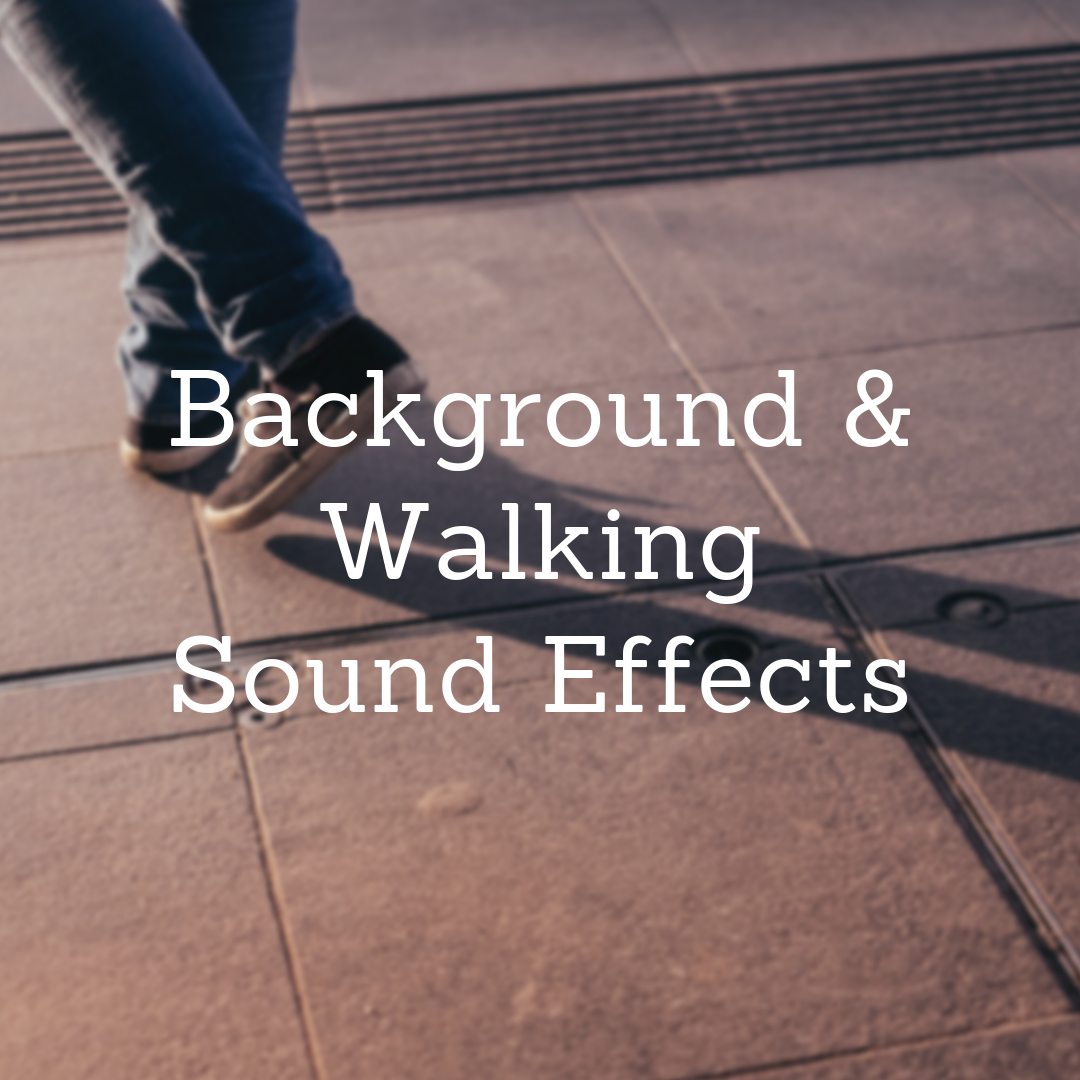
‘Walla’ is the term given to the sound of people talking unrecognisably or unintelligently in the background, the kind of sound used when creating a scene in a busy and populated area. It may appear at first that this would be an unusual sound, though it’s one that most of us hear on a daily basis; especially anyone living in a city.
‘Selective Attention’ is the term used for how our brains’ auditory cortex focus in on a speaker’s voice & pitch to understand them. When we’re in a crowd full of an overwhelming amount of voices there’s no way our brains can comprehend exactly what each one is saying at once. Ergo, ‘walla’.
Still background noises, yet not literally in the background, are many small sound effects that rarely conjure any additional thought. These include the likes of clothes ruffling, made by rubbing two pieces of the same material (such as cloth or leather) together close to the recording equipment, and the ‘swoosh’ of clothing and weapons, often created by quickly waving a stick through the air.
Even more common than even background noises can be the simple running or walking sound effects. Foley artists often create what’s known as ‘Foley Pits’ for walking and running sound effects, these ‘pits’ can consist of small squares of different materials, such as gravel, stone and marble, and simply stepped on by the foley artists. There are also often plenty of different sizes of shoes for the foley artists to use, which often leads them to be dubbed ‘Foley Walkers’ during this particular sound effect sourcing process.
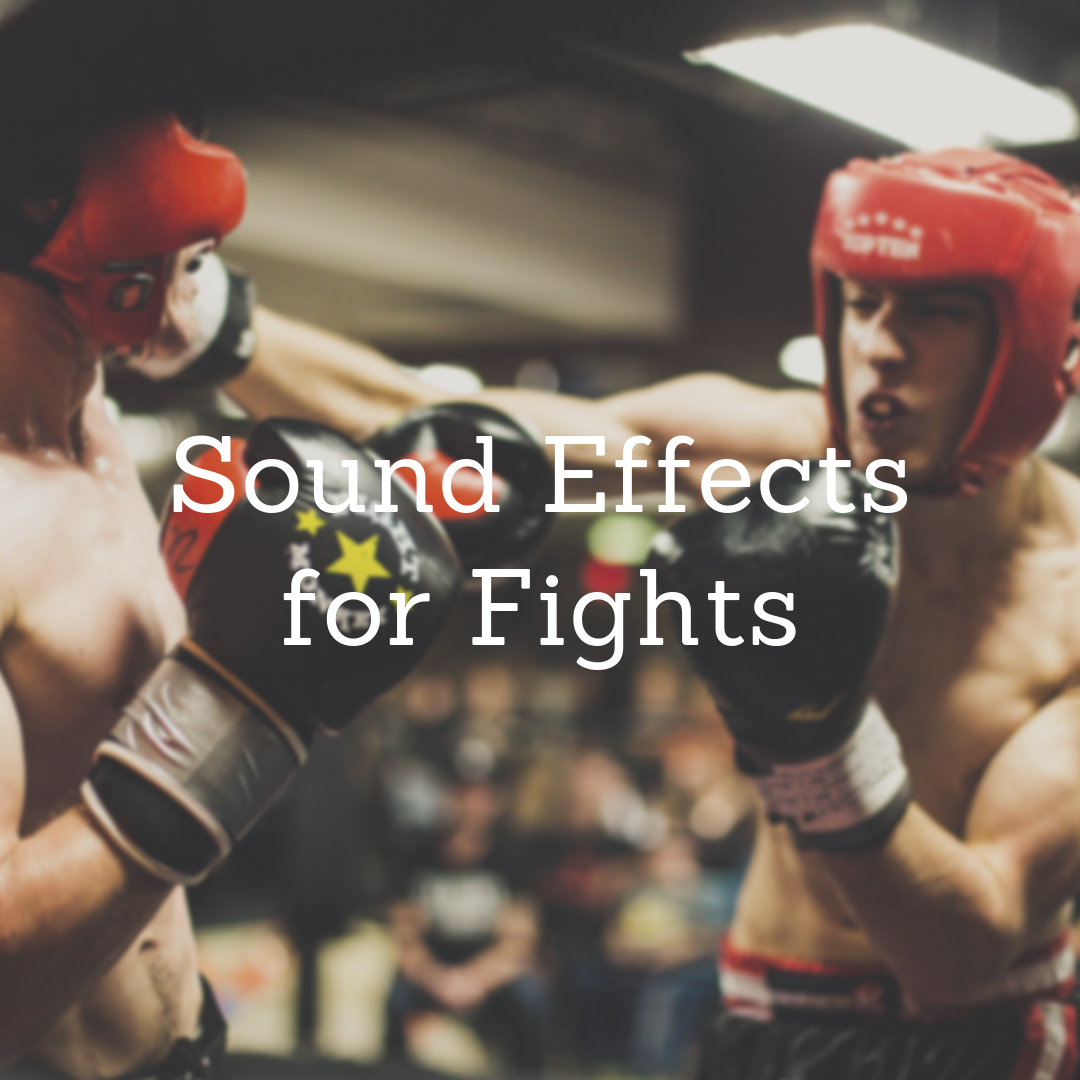
Now, onto the big effects; the sounds that really pop out of the screen and blast their ways into your home. Fight scenes in action films are often the ripped muscles on top of the frail skeleton of a plot, and the effective use of sound effects can really make or break these scenes.
Making guns sound punchy, sharp and powerful comes down to some fine-tuning with sound engineers, but the initial technique for adding these gun sound effects into a film is, unsurprisingly, with a gun; just not the kind of gun you‘re thinking of.
Heavy staple guns being fired often serve as the basis for foley gun sound effects, occasionally paired with small metallic objects for additional, immersive touches like shell cases falling to the ground.
Getting more physical, punch sound effects, as well as many combat and execution orientated sound effects, are created by using one surprisingly adaptable tool; a frozen Romaine lettuce. Anyone who’s been in a fight before will confirm that a punch doesn’t quite create the same, solid ‘whack’ sound that they do in the movies; these are merely exaggerated for the sake of dramatics.
Combining the sound of frozen Romaine lettuce hitting a wooden table with a big slap on some wooden slats should culminate in a fairly meaty sound. Some sound designers also use boxing gloves, hitting them against big, chunky phone books, the likes of which creates a big thud that can be a great basis for a punch sound effective.
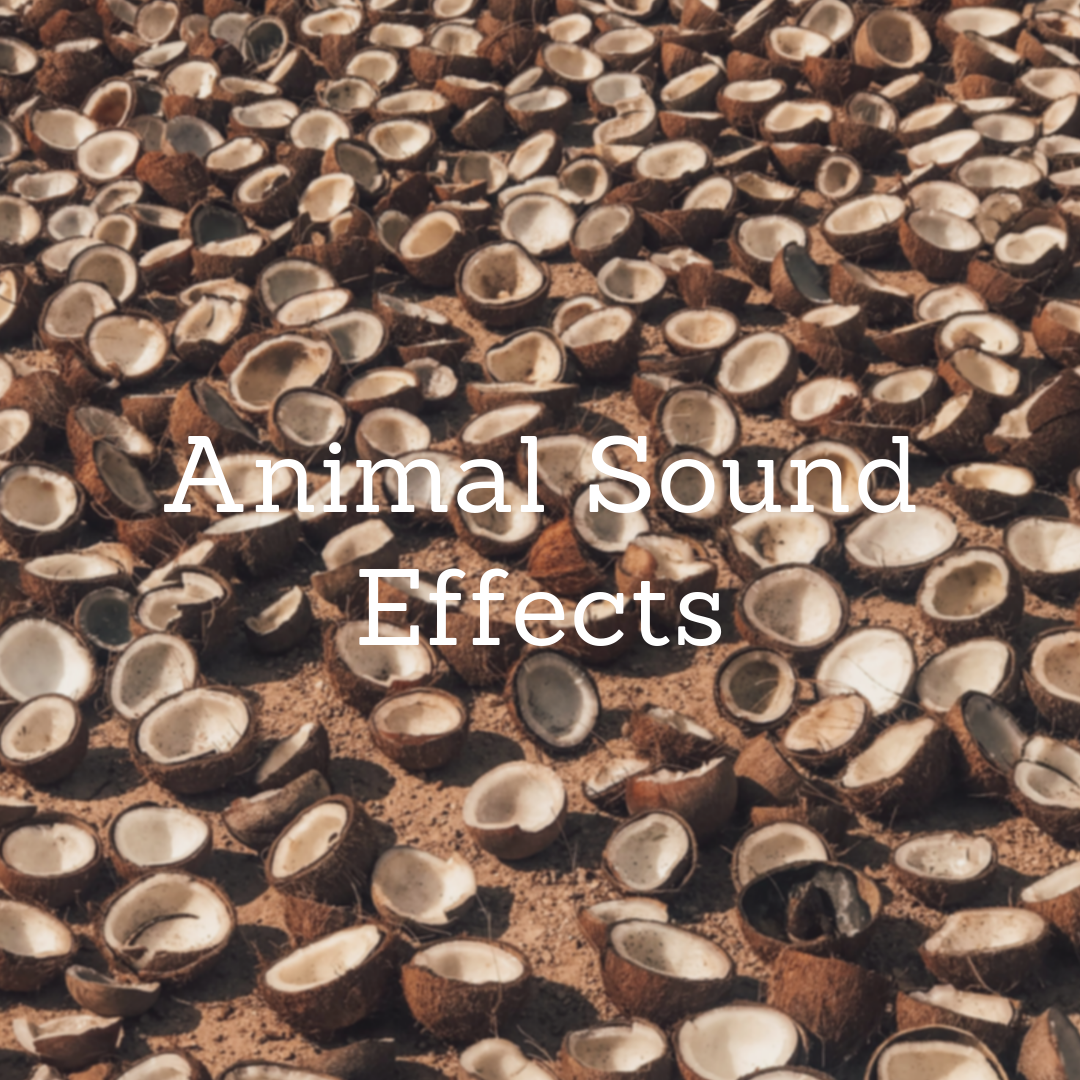
An unusual side note but one worth referencing is that, for the most part, whenever a frog or a toad appears in a film or on television it is usually accompanied by that familiar ‘ribbit’ call. This may lead some to believe that all frogs and toads make this noise, much like all dogs ‘bark’ or all cats ‘meow’, yet it could not be further from the truth. Like many genera of animals, each individual species of frog is unique and therefore has its own unique call.
The ‘ribbit’ like call is unique to the Pacific Chorus Frog, or the Pacific Tree Frog, that is native to the West Coast of America, including Northern California. What with Hollywood creating more films than anywhere else in the country throughout most of the age of cinema and being located in California when Sound Engineers needed recordings of frogs they would simply go and find some in their area. Using their recordings in films so often meant that the ‘ribbit’ became synonymous with frogs.
While some foley animal sound effects aren’t well known, such as clutching a pair of gloves by the wrist and slapping them together emulating a bird’s wings flapping, some are surprisingly well-well. In fact, one of these sound effects may be considered, by some, merely a joke. Parodied by the likes of Monty Python & The Holy Grail, the sound effect for horses trotting, prancing and galloping genuinely are the clicking two halves of a coconut together.
Hilariously enough, sound effects have been designed for extinct animals, so really we couldn’t know what they sound like. That’s right, sound effects for dinosaurs like in Jurassic Park, these are foley sound effects created by combining various animals calls for mating, distress, and more.
The iconic Tyrannosaurus Rex’s roar was the distorted whine of a baby elephant and its growls can be attributed to an edited version of the film’s Sound Designer’s, Gary Rydstrom, own dog, a small Jack Russell terrier, growling. Somewhat to the embarrassment of Rydstrom is the sound of the Raptors’ barks; it’s actually the noise tortoises make when having sex.
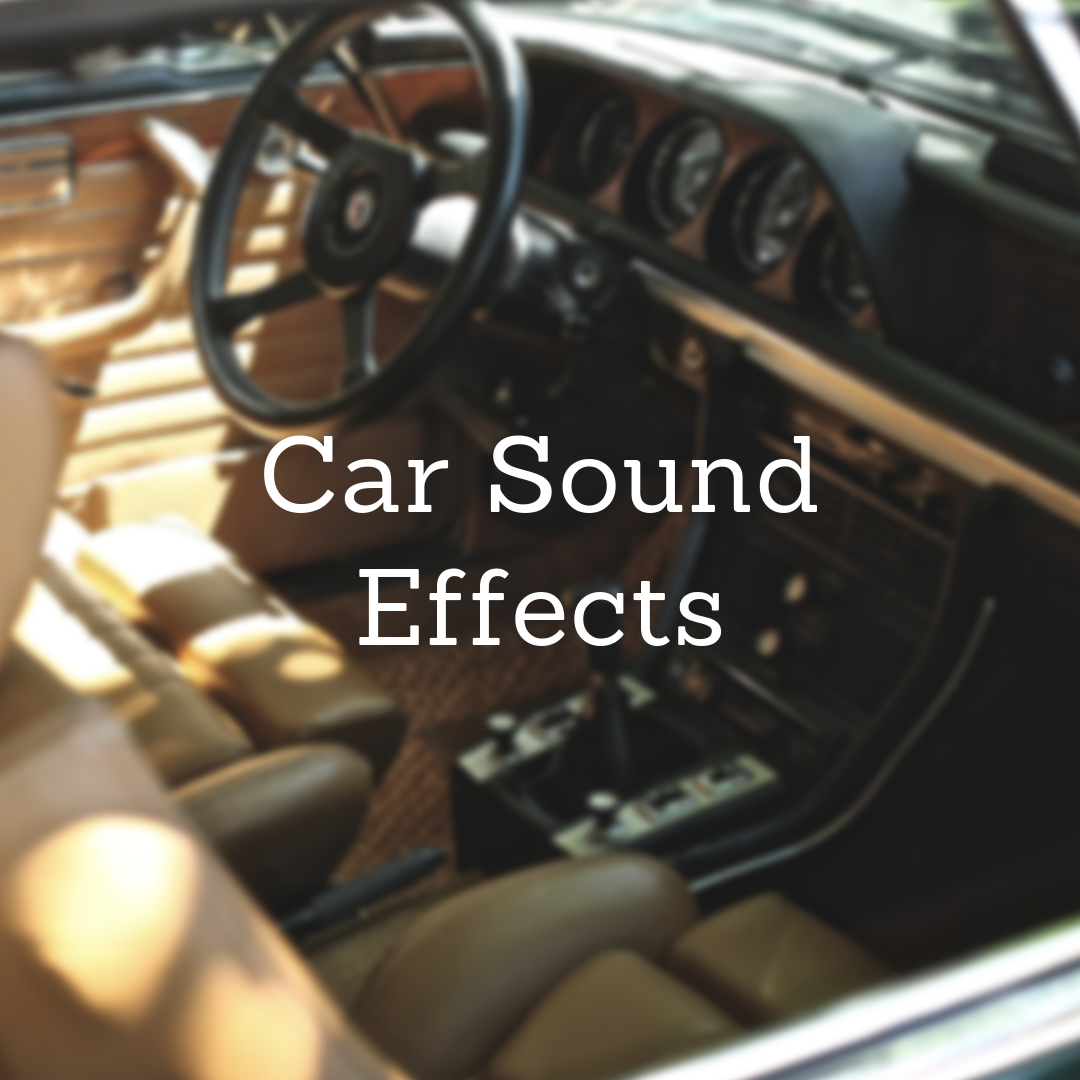
Many professional Foley artists have argued that utilising a heavy car door and a fender can create most, if not all, of the essential car sounds in a studio. A heavy door can easily create a door closing sound effect, after all.
However, there’s the rather obvious argument to be made for having an entire car at hand for recording for films that require more specific car sound effects, such as the Fast & Furious franchise.
It should be noted that not all car sound effects are used to strictly showcase an automobile passing by at high speeds; they can also be more commonly used as background sound effects. These kinds of sound effects are used to create an atmosphere or set a scene, such as having car horns blaring in traffic or the general noise of a busy road.

The classic fire sound effect is simply created by crinkling cellophane, with the ferocity of the flames being reflected by how quickly the cellophane is felt. This technique is used for the likes of campfires, bonfires and straw catching alight; emulating the roar of a raging inferno is another beast altogether.
Less ‘towering conflagration’ and more’ soothing candle’ is the somewhat smelly solution to alternative fire sound effects. Cutting up plastic garbage bags into strips and burning these makes a convincing non-crackling fire sound, not unlike a candle, especially when the bag melts and drips.
Door sound effects, namely ‘futuristic’ doors in shows like Star Trek, are created by the sound of sliding a piece of paper out of an envelope. An oddly low-tech solution to something so Sci-Fi, perhaps, but this method perfectly showcases how foley artists work with the materials they’ve got to create something amazing.
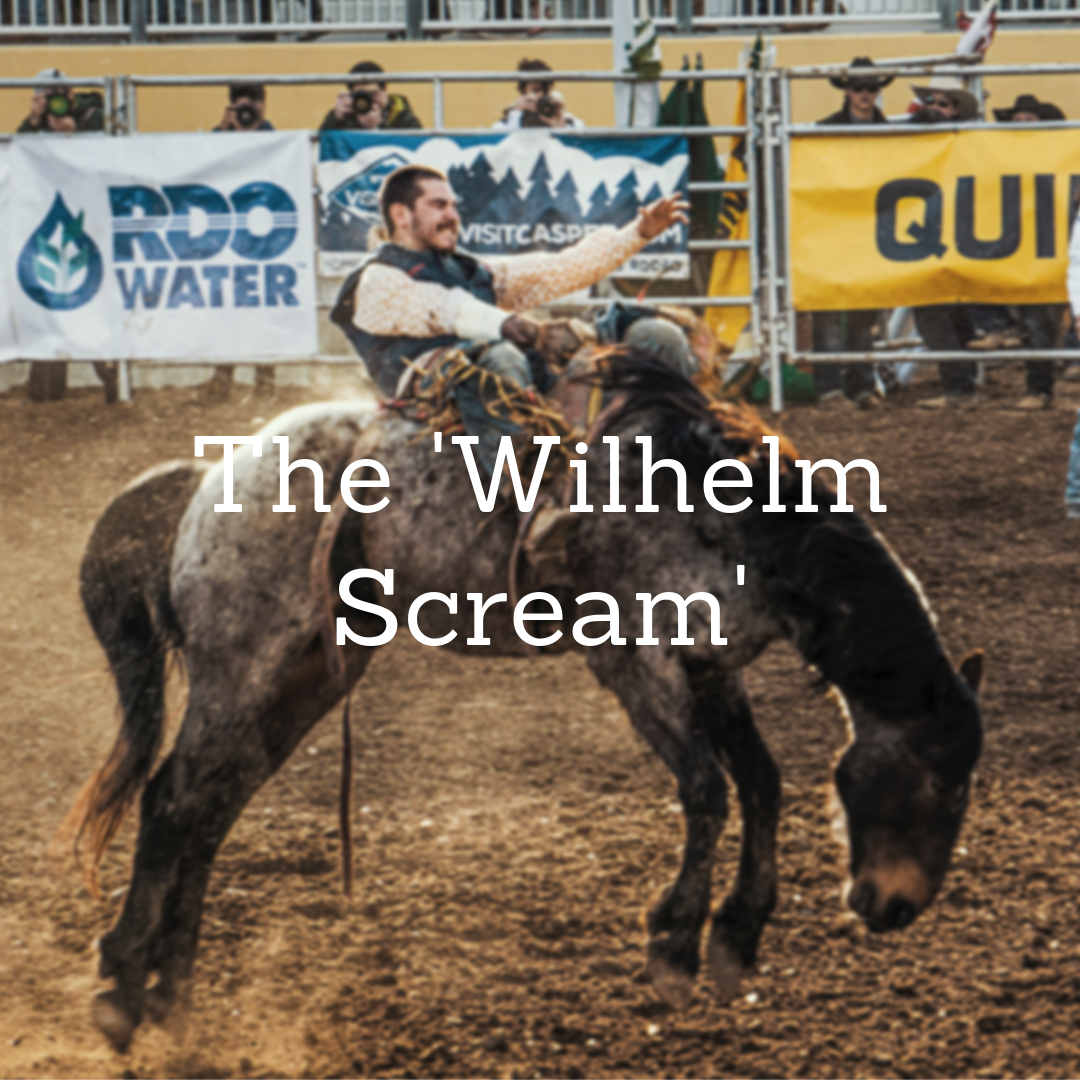
Finally, this specific scream is possibly the most well-known sound effect, being used in hundreds of films, television shows and even video games. Even those who aren’t aware of the scream will have undoubtedly heard it, perhaps noting its unusual inflexion or how it’s oddly familiar.
Originally recorded by Sheb Wooley for the 1951 movie Distant Drums, the Wilhelm Scream was brought into mainstream media (and begun a staggering increase in popularity) when Ben Burtt, the Sound Designer for Star Wars, decided to use it in A New Hope.
Since then it’s been notably used in almost every Star Wars film and every Marvel film, though the list of films, shows and games it’s been in is incredibly high; so much so that it’s become something of an ‘in-joke’ for sound designers to input it into anything they’re working on.
And that unusual note is quite possibly the best way to portray just how odd work can get for foley artists! Do you know of any unusual movie sound effect techniques? Let us know in the comments section below and be sure to check out the rest of our articles here on our blog!